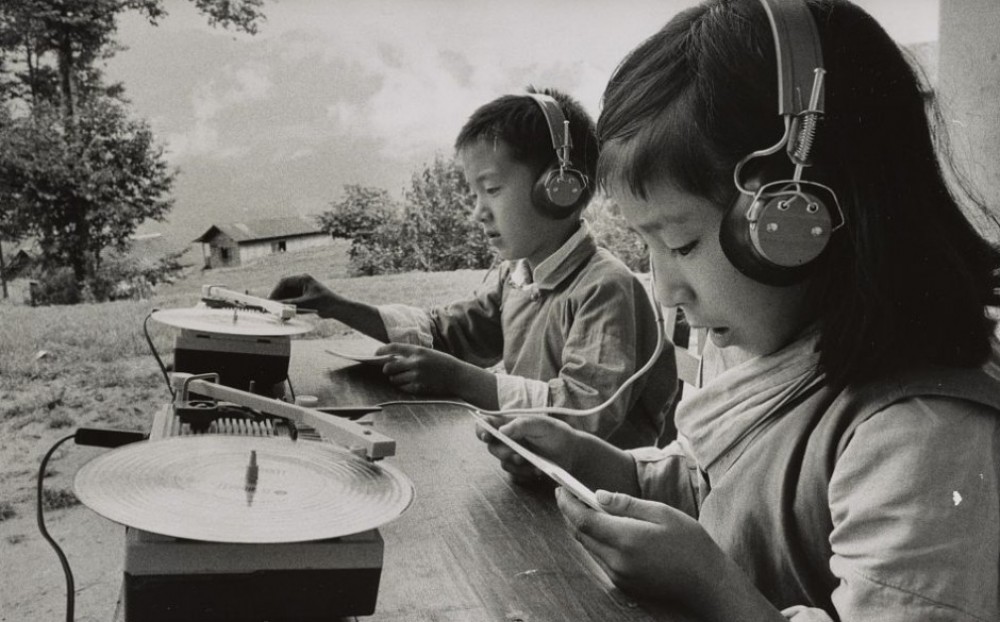We are a group of Djs & music lovers dedicated to cultivating the next generation of Djs through practice, preparation, and performance. With fundamental focus on mixing, scratching, and programming, our students are taught with a comprehensive approach to djing. From beat counts to song structures, genre bpms, scratching and blending techniques, these are some of the parameters that open the possibilities of music programming and performance, but let’s start with a little bit of DJ history shall we?!
The Beginnings of DJing
In 1877 American inventor Thomas Edison successfully invents a hand-cranked machine capable of recording and reproducing intelligible sound using a thin sheet of tin foil wrapped around a metal cylinder. Prior to this, sound had never been recorded.
On Christmas Eve, December 24th, 1906, French Canadian inventor Reginald Fessenden became the world’s first DJ by playing a phonograph recording of Handel’s opera Largo to a general audience broadcasted from Brant Rock, Massachusetts USA.
By the mid-sixties, audio electronics designer Rudy Bozak produces the CMA-10-2 (monaural) and CMA-10-2DL (stereo) mixers for discotheques (see famed mixer Urei 1620 & Soundcraft Urei 1620LE).
In 1968, American DJ Francis Grasso invents the technique of beatmatching where two songs are matched by bpm (through the use of headphones for previewing, a mixer, and second turntable) to play two records simultaneously creating a mix. Grasso, through song selection and arrangement, also discovered that by creating a narrative he could energetically carry a crowd throughout an evening, this technique is called programming.
American Hip Hop DJ Grand Wizard Theodore, in 1975 at the age of 13, discovers that by slowly moving a record in a backward and forward motion he could add a new dimension of sound from any record, a technique called scratching.
To learn more about the artform of djing, check us out, follow, and subscribe on instagram, youtube, and facebook!
